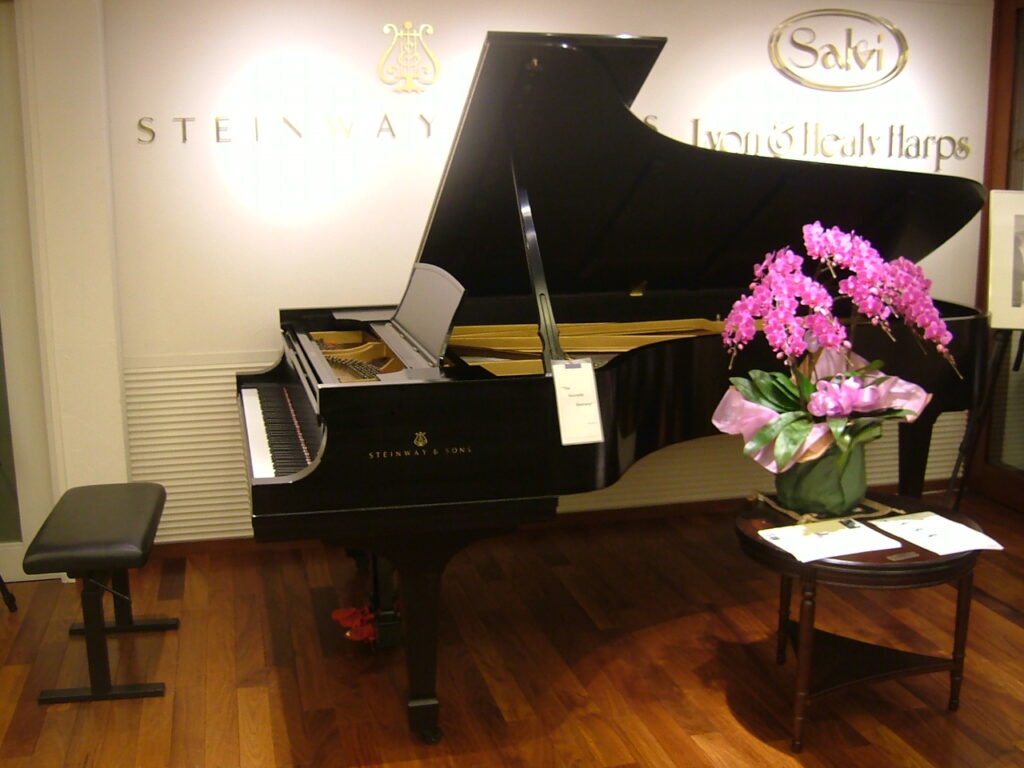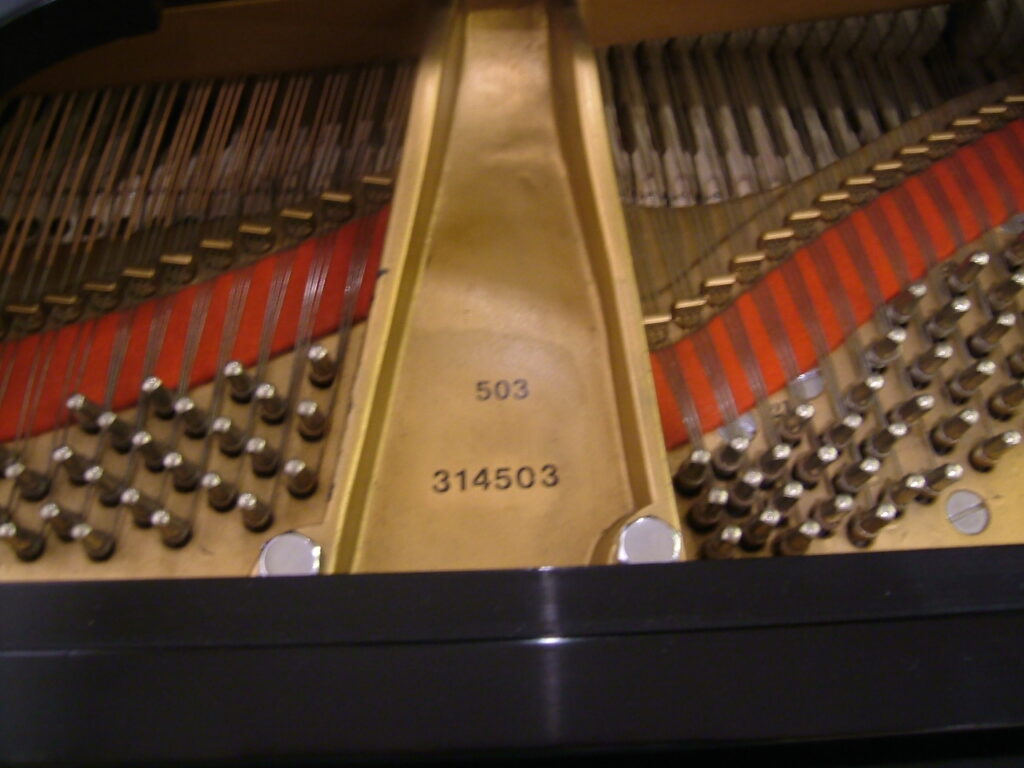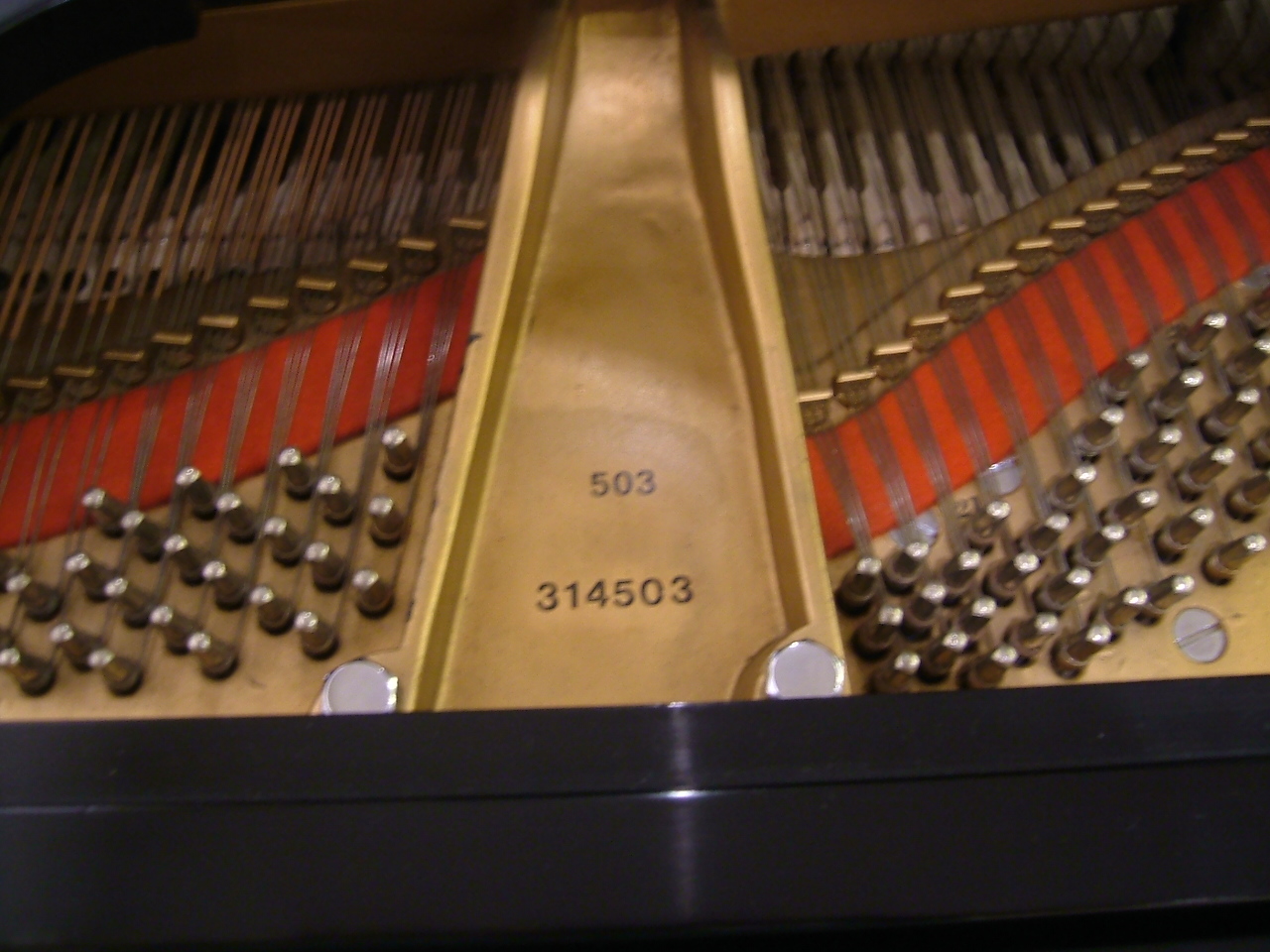Who is your ideal pianist? I like classical, jazz, and rock music, so there are many. I love classical music, jazz, rock, and of course Horowitz, Gould, Bill Evans, Makoto Ozone, Ryuichi Sakamoto, Osamu Mishiba… the list goes on and on.
Of all the Steinway models, Horowitz is by far the one that comes to mind as the ideal tone. More than 10 years ago, Steinway organized a trial playing of Horowitz pianos in Japan. I went to two of them and was able to experience this wonderful instrument.
The serial number is D314503 and it was manufactured in 1943. I was so excited because the sound of Horowitz’s piano, even when I played it, had a reverberation that reminded me of the sound of Horowitz’s piano that I heard on CD.
Once upon a time, when a woman I had a crush on asked me to describe in words how beautiful I was, I said, “You are as beautiful as the sound of Horowitz,” and she roared in silence…? I was roared down by her in silence….
I digress, but my first encounter with NY Steinway was with this Horowitz tone.” I wanted to have a piano with the same or similar tone as Horowitz’s piano” was the starting point of my interest in NY Steinway, and it is still my driving force today.
Another Steinway that Horowitz loved was the D156975. This one was manufactured in 1912. On the other hand, Gould, who is the twin of Horowitz and New York Steinway user, loved his D317194.
These three Steinways were the catalyst for my interest in older Steinways.
The reason why we are not attracted to newer Steinways is that these three Steinways had such a big impact on us. Of course, newer Steinway models have their own merits.
However, the golden age of Steinway, from around 1910 to 1940, was blessed with many excellent masters and materials, and Steinway is still highly regarded by dealers in the United States.
This may sound wild, but I don’t understand why the newer ones are more expensive. And not only the price, but I don’t think you can expect a newer Steinway to sound like the three above.


